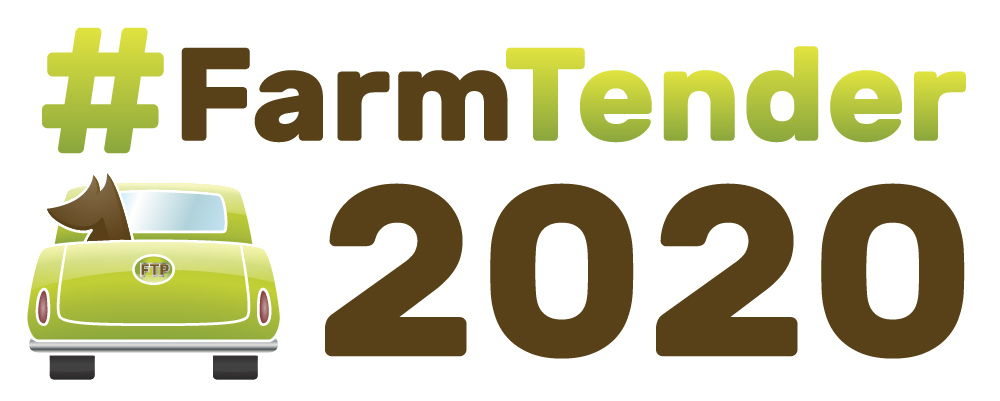Formulating Cropping plans for the year ahead
- By: "Farm Tender" News
- Cattle News
- Feb 20, 2020
- 520 views
- Share

This article is bought to you by Entegra Sheds.
By Angus Groves - AWB
After the first dry week in a month filled with storms, everyone in the country have been given a chance to take a breath and plan ahead for 2020. It is certainly a different prospect from six weeks ago. Although the drought is certainly not over, subsoil moisture is building and pastures are starting to respond, which brings immense relief for those that have struggled for years.
After almost two years of drought enforced fallow, most farms around the country are formulating their cropping plans for the year ahead. So where should you go with your rotations this year? Should you opt for a low-cost risk-off approach and plant more cereals to increase stubble cover for years to come? Or if there is an early break, should you plant more canola in a bid to control grass weed build up? Perhaps another strategy many will elect for this year is to plant more early grazing crops, like oats or grazing canola to take the pressure off grazing or pasture paddocks leading into winter.
These are the decisions that will be on everyone’s mind as we move from a baking summer period into the cooler planting conditions of Autumn.
Then there are the marketing decisions that come with deciding your crop rotations. This includes the possibility that we may have a large wheat and barley plant in Southern Queensland and Northern New South Wales, meaning cereal prices could fall below the $250-300 levels we have become accustomed too. Or are you better off planting some legumes like faba beans or chickpeas to recharge the nitrogen profile of your soils and hedge some price risk this way?
#FarmTender2020 - Focus on Farming Systems - June 5th, Bendigo, Vic

Tickets available now - click here
It goes without saying that these decisions are vitally important in rebuilding your farm balance sheet after three years of below average returns for many.
One thing to consider when deciding crop rotations on top of weed and paddock management, are price relativities of different commodities. Some general rules of thumb, which I’m sure isn’t news to anyone, include selling canola (or in this case planting canola) when the price is 2 x that of wheat. And planting wheat when prices are 1.2 x those of barley.
With current 2020/21 wheat prices for the Newcastle zone around the $335-340/t mark vs 2020/21 canola prices at $642/t delivered to Newcastle, it is clear that wheat is the better sell at these relative values and canola will need to climb ~$40 per tonne ($680/t) to mark serious consideration this year alongside wheat.
The flip side to all this of course, is if there is continued rainfall across the country leading into a traditional April/May sowing window and wheat values begin to slide to compete into export markets in 2020. We could see these price relativities become more favourable towards canola if wheat falls back to $250-300/t. So please chose your rotations carefully and have a quick look at relative values at sowing time if you can’t decide which crop to plant in that last soaking paddock come Anzac Day.
Ad - Make you next Shed an Entegra Shed - The best in the business - Ad











Share Ag News Via